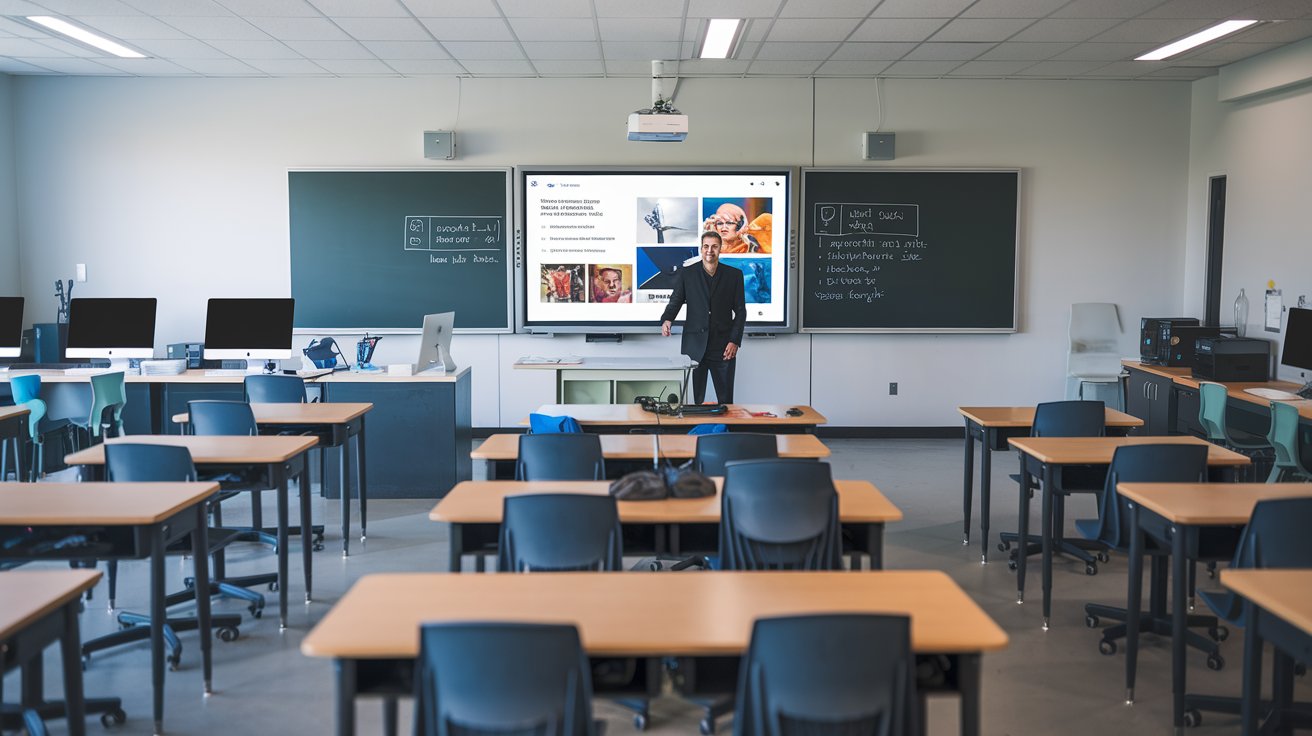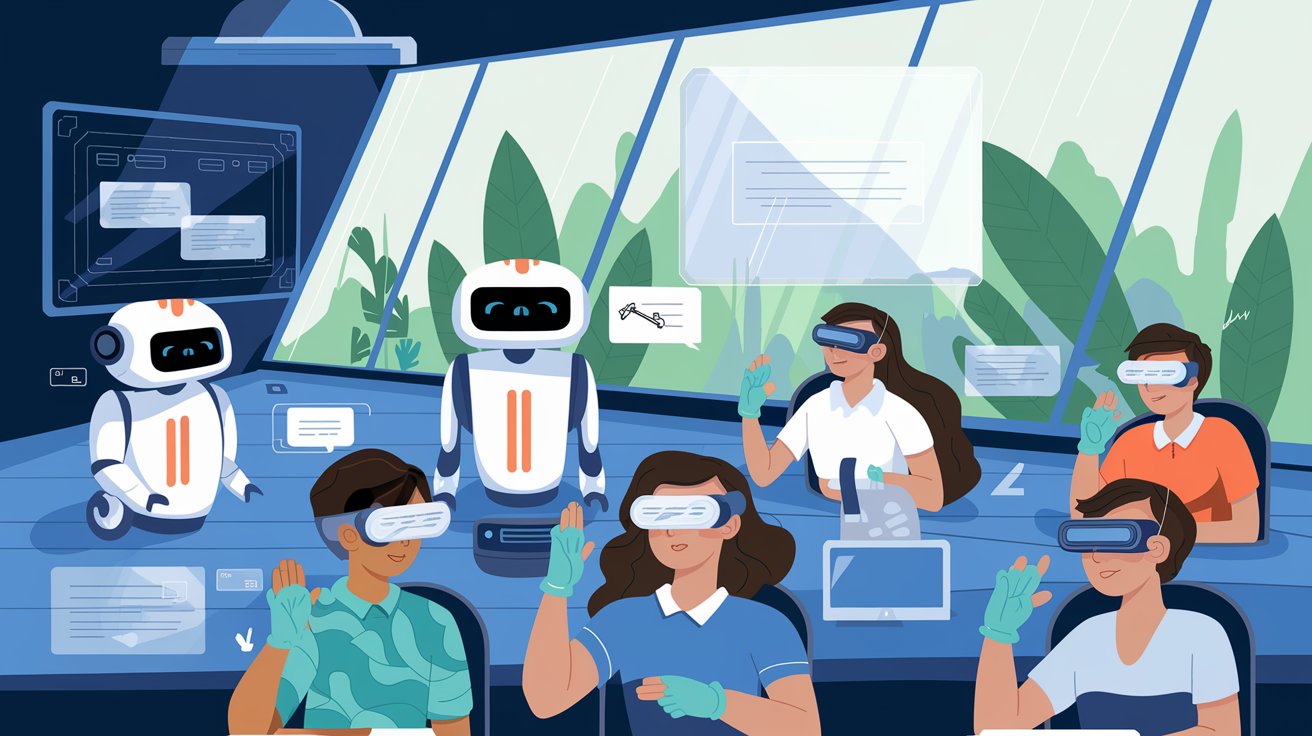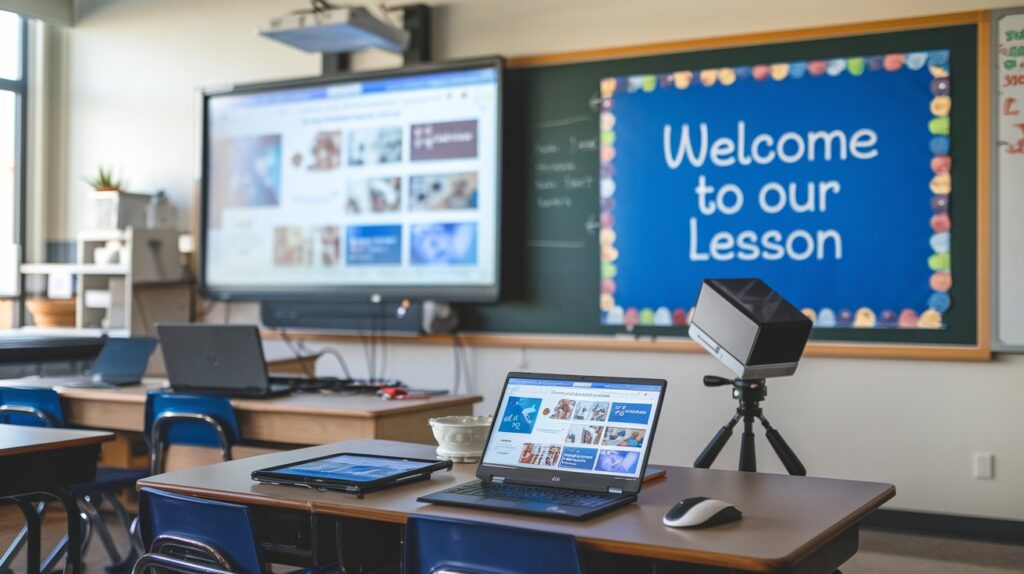Education Technology Tools: Modern Time Learning Revolutionists
The integration of technology is no longer a luxury but has become a compulsion in the educational setup in today’s fast-evolving time. It is for this reason that EdTech-educational technology tools-are fast changing teaching, learning, and interacting with knowledge. From virtual classrooms to artificial intelligence-powered tutoring systems, such inventions are bridging the chasm between conventional learning methodologies and the digital era. These tools, however, go beyond the question of convenience to reshape education in ways that can enhance creativity, collaboration, and critical thinking.
In this article, we go deep into the world of education technology tools and look at how these innovations are beginning to revolutionize the educational experience. We will also reflect on real-life experiences of educators that clearly demonstrate how these tools are impacting both teachers and students alike.
What are Education Technology Tools?
In a nutshell, EdTech means the incorporation of digital tools and platforms in learning, pedagogies, and administration. These range from a simple LMS to an advanced VR platform, but all of them share one common goal: to make education more accessible, interactive, and effective.
1. Learning Management Systems (LMS)
Learning Management System: The learning management system is an educational software application that supports course, program, and training information delivery, administration, documentation, tracking, reporting, and authentication. Popular examples include Moodle, Google Classroom, and Blackboard.
These platforms enable students to access learning materials, upload assignments, engage in discussions, and monitor their progress. Having been a teacher myself, I can now remember how exhausting the process used to be when grading manually and keeping a record of student performance. With LMS coming into being, all these jobs turned into an automated affair and freed my time for productive interaction with my students.

Benefits:
Institutes administrative tasks in an organized and smooth fashion.
Results in real-time feedback.
The base houses course materials in a single, accessible platform.
2. Virtual and Augmented Reality in Education
Introduction of virtual reality and augmented reality into the classroom-a game-changer. Both tools offer experiences of immersed learning, beyond what is possible in the classic classroom environment: one can imagine a history class where students can walk through ancient civilizations, or a science lesson where they will be able to manipulate molecules in 3D.
I recall how, a couple of years ago, a group of high school students who were finding it hard to grasp the structure of DNA were given an opportunity to work with a virtual reality tool that could let them “build” a DNA helix. The result was astonishing: they understood it within minutes, and such a graphic and manipulative way of learning really made it stick in their minds.
Benefits:
Something more abstract now has an actual substance to it.
Provides immersion for creating more engaging experiences.
Facilitates experiential learning.
3. Artificial Intelligence in Tutoring and Feedback
Artificial intelligence is gradually creating its mark in the educational sector, and one of the best ways to put the concept into action can be AI-driven tutoring. The Socratic by Google and AI-powered tools powered by Khan Academy are providing pathways in learning for the student, moving gradually from the easy path to the most difficult one depending on the amount of performance achieved by the student.
AI tools analyze students’ performance data and, on their part, provide feedback that aids both students and educators to pinpoint areas where students are weak in real time. This technology has particularly helped in personalized sessions of tutoring. Once, I had students who were very poor in math and reaped great benefits from the AI-powered tutoring platforms that tailored exercises to their needs.
Benefits:
• Customized learning
• Real-time feedback
• Pinpoints learning gaps much faster.
4. Gamification in Education
Gamification-which involves the inclusion of game design elements in non-game contexts-also forms one of the more interesting EdTech innovations. Instructors can make lessons a little bit more enjoyable, interactive, and even game-like, which works fantastic for younger students due to their natural disposition for playing games.
Through experience, I feel that if I incorporate more gamified quizzes or challenges, there is a whole difference in participation inside my classrooms. And they really look forward to such sessions, which create among them a very healthy sense of competition and collaboration.

Benefits:
Engagement and incentives among students increase more.
It helps in building good collaboration and competition.
It makes learning very interesting and interactive.
5. Collaborative Tools and Platforms
Education doesn’t stop at mere absorption; it’s about collaboration, too. Tools like Google Docs, Padlet, and Trello offer an environment in real time where students and teachers can work collaboratively, irrespective of geographical distances. These have become handy with the emergence of remote learning in teamwork and communication.
Online collaboration tools became a lifeline in the time of the COVID-19 pandemic. I specifically remember an in-class group project where students, working in different time zones, were collaboratively working on a research paper using Google Docs. This allowed the students to make edits in real time, and through video conferencing with Zoom, they found it easier to discuss.
Benefits:
Enhance collaboration no matter the location.
Allow for real-time feedback and editing.
Allow for a more interactive experience with learning.
How Education Technology Tools Benefit Educators
While lots of focus is placed on students, it shouldn’t go unnoticed how teaching is being revolutionized with the use of EdTech tools. Gone are the days when educators had to use chalk-and-board methods. Technology has made teaching so much more effective and personalized.
Simplified grading: Tools such as Turnitin and Google Forms grade quizzes on their own, saving time for the teachers.
Increased insight into students’ performances: Tools like Kahoot! and Quizizz provide analytics in the way students perform at quizzes and exams; hence, this helps educators to realize areas where students are performing poorly.
Improved Communication: Messaging platforms like Slack and Microsoft Teams enable teachers to communicate with students and parents more efficiently.
Challenges of Education Technology Tools
While advantages are many, one has to discuss the challenges associated with the EdTech tools.
1. Accessibility Issues
Not all students have access to the technology their learning requires. Sometimes, students in low-income areas are not provided with the means for having internet or a device to engage them in online learning opportunities. It’s this digital divide that further creates gaps in learning opportunities.
2. Teacher Training
This means that with the introduction of new technology, correct training is needed for educators. At times, the taking of more time by teachers to get accustomed to the new platforms results in a tug on the student’s learning aspect. Therefore, this calls for schools and other learning institutions to invest more in teacher training so that the benefits accruing from EdTech tools can be maximized.
3. Privacy Concerns
Data privacy has become one of the greatest concerns with the increased usage of digital tools. Schools have to make sure that students’ data is protected, and platforms that they are using keep to the rules regarding data privacy.

Future of Education Technology Tools
The future of education is, without question, closely connected with technology. With innovations such as AI-driven assessments, adaptive learning platforms, and even blockchain-based credentialing, we barely touch upon what is possible in the EdTech space.
We can only expect an ever-tailored learning experience, even more engaging collaboration tools, and an increasingly inclusive education system in which technology closes the gap between students from various socio-economic backgrounds.








